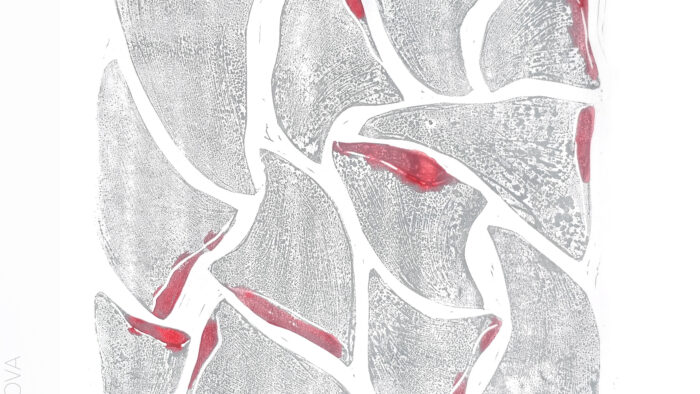A wildlife artist who is on a journey towards making animals lives better, portrays the wild in ways that many tend to overlook or rather ignore. Sofiya Shukhova is a Singapore-based wildlife artist. She was a part of CSP's Wildlife Week Programme Srishti Sambhrama. With the help of her education and art, she strives to be the voice of animals by creating powerful pieces of art that pulls people towards her path of conservation. Speaking to CSP, she voiced out her inspiration, endeavors and vision of a happy wildlife.
How did your interest spark in wildlife and wildlife art? What pushes you and inspires you to work towards the welfare of the wild?
I had an unconventional journey to becoming a conservationist and wildlife artist. Six years ago after completing my undergraduate degree in architecture, I started to paint. I used to spend a lot of time sketching and painting wildlife in the parks, captivity and from photos. Back then I worked primarily in watercolour. Painting detailed portraits of animals made me studying how they look and behave. This experience resulted in me feeling more connected to wildlife and eager to learn more about them. I started by watching documentaries, reading books and articles and eventually, ended up studying, volunteering and working in conservation. It is through art that I became a conservationist. Both in my art and conservation work, my main aim is to help people understand the problems and threats to wildlife caused by our daily actions, adjust our behaviour and start co-existing with other species.
What are your thoughts on how wildlife art is helping in conservation in the current scenario?
There are many different ways how wildlife art can contribute to conservation. Traditionally, two most popular ways are through fundraising and illustration. Both have undeniable contribution to conservation and many artists choose to use these means to do their part in halting biodiversity loss, protecting ecosystems and saving species from extinction. I myself, along with few other artists, chose different pathway. We use our art to talk about conservation issue and the threats that wildlife is facing. As my fellow wildlife artist Martin Aveling calls it – we are wildlife artivists. Our works spark attention, curiosity and hopefully contribute to behaviour change. It is not about creating a beautiful appealing piece to fundraise for a conservation project or an illustration for a species guide, but it is rather about raising awareness and encouragement to take an action.

Question Your Coconut by Sofiya
How do you intend to bring your art and your education in Wildlife conservation and trade together?
My education, working experience in conservation, and access to various conservation-related resources allow me to create art that informed and inspired by less known, less covered conservation issues. Many wildlife artists focus on creating pieces depicting animals in their natural habitat or creating very detailed portraits of the wildlife to celebrate their beauty. I prefer to use my artistic skills to urge public attention directly to the conservation issues. For instance, when creating a piece about the shark fin trade I decided to make a linocut print showing the fins being cut off from the sharks to be used as a delicacy (in shark fin soup), instead of just painting the sharks in the ocean. This artwork called ‘Shark fins’ won in the Human Impact category of the Wildlife Artist of the Year 2019 contest. Another piece of mine is ‘Kopi Luwak’ (below) depicting the cruel use of civets in the coffee production. Most of the tourists and locals who are buying this coffee know that the production involves animals, but underestimate the cruelty involved. In order to produce this type of coffee, civets are caught from the wild, locked in the small cages and force-fed with the coffee cherries. Such practice puts civets under stress, negatively affects their health and leads to premature death.

Kopi Luwak
If there is artist or conservator you admire the most, who would that be and why?
I do not want to name one conservationist or an artist, as I believe all of us matter. It is extremely hard to pave a career path in conservation and very easy to become demotivated working in this field. Comparing ourselves with a few famous conservationists and creating idols does not help, but instead puts even more pressure. I think we all should learn how to appreciate everyone’s effort (including our own) in trying to make this planet a better place for all species, and finally to start working together.
What is your vision for the wildlife, mankind and a happy planet?
I would love to see the future where people co-exist and empathise to each other and to other species, understand the importance and the role of rich biodiversity and healthy ecosystems, and appreciate wildlife for its non-consumptive values.




